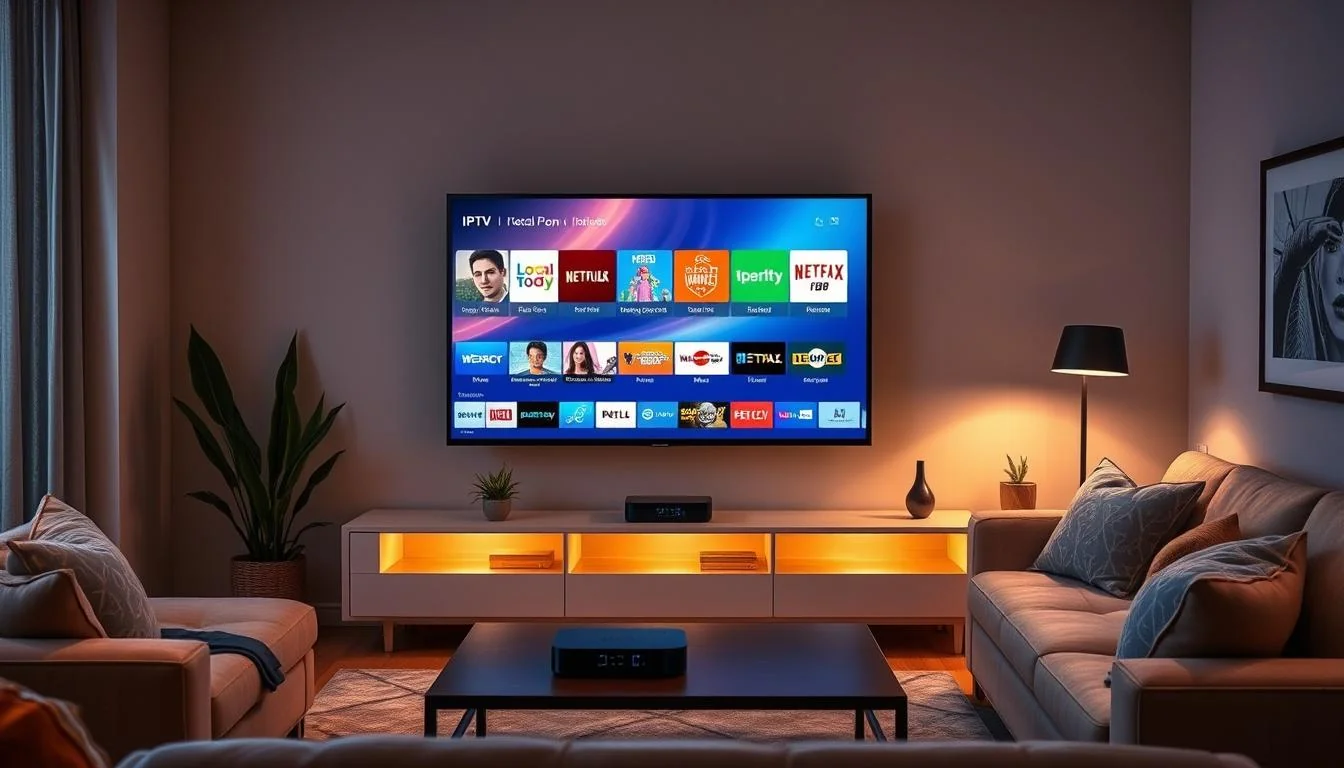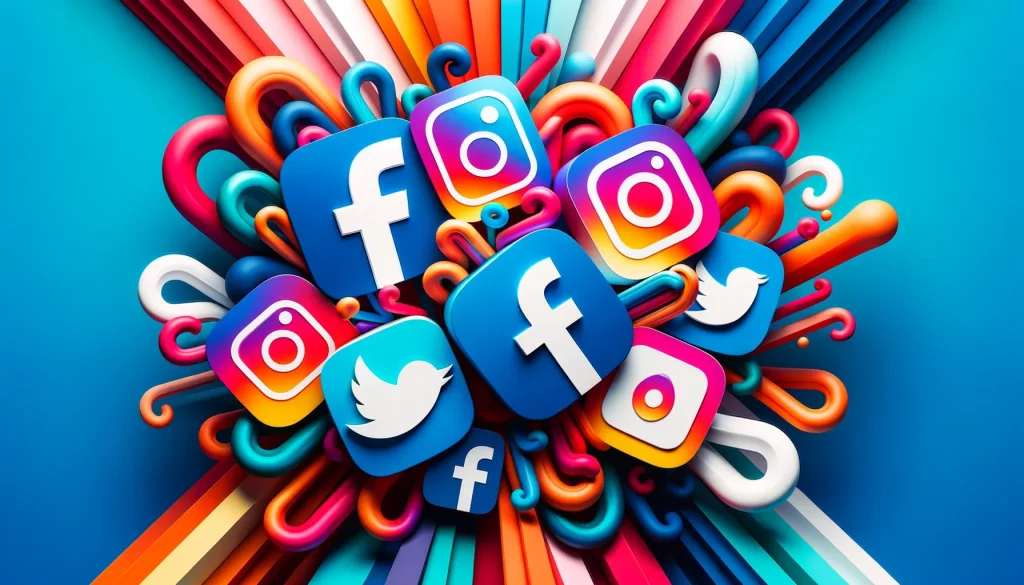Internet Protocol Television IPTV is revolutionizing the way people consume media, offering a far more interactive and personalized experience than traditional cable television. Unlike cable, which delivers content through satellite signals or fiber-optic cables, IPTV uses the internet to stream content directly to users. This fundamental difference not only enhances the viewing experience but also opens up a range of features that traditional cable simply cannot match. One of the biggest advantages of IPTV is its on-demand content delivery. Traditional cable TV operates on a fixed schedule, requiring viewers to tune in at specific times to catch their favorite shows or movies. In contrast, IPTV offers video-on-demand VOD services, allowing users to access a vast library of content at their convenience. This flexibility means that viewers can watch what they want, when they want, eliminating the frustration of missing out on their favorite programs. Another significant benefit is the ability to pause, rewind, and fast-forward live TV, a feature that is often limited or unavailable with traditional cable services. IPTV services offer features such as live polling, voting, and integration with social media platforms.

IPTV gives users complete control over their viewing experience, enabling them to pause a live broadcast to grab a snack or rewind to catch a missed moment. This interactivity transforms passive viewing into an engaging and dynamic experience. In addition to greater control over content, IPTV also offers a more personalized experience. Many IPTV services use advanced algorithms to analyze user preferences and viewing habits, providing tailored recommendations that match individual tastes. This level of customization ensures that users are presented with content that aligns with their interests, making it easier to discover new shows and movies. Traditional cable, by contrast, offers limited personalization, typically relying on basic channel lineups and fixed schedules. Furthermore, IPTV supports multi-device streaming, allowing users to watch content on smartphones, tablets, smart TVs, and even gaming consoles. This versatility ensures that viewers can enjoy their favorite shows and movies anytime, anywhere, without being tied to a television set. This feature is especially appealing to modern audiences who value flexibility and convenience in their entertainment options.
Interactivity is another area where IPTV outshines traditional cable. Viewers can actively participate in the content they consume, whether it is voting for their favorite reality show contestant or engaging in discussions about live events. This interactive aspect creates a more engaging and immersive viewing experience that keeps audiences connected and invested. Moreover, IPTV services often include additional features such as cloud DVR, which allows users to record shows and watch them later. Unlike traditional DVR systems that are often limited by storage capacity, cloud-based DVR offers virtually unlimited space, enabling users to store and access their favorite content without worrying about running out of room. IPTV services offer a superior and more interactive TV experience compared to traditional cable and have a peek at this web-site. With features like on-demand content, personalized recommendations, multi-device streaming, and interactive engagement, IPTV empowers viewers with greater control and flexibility over their entertainment. As technology continues to evolve, IPTV is likely to become the preferred choice for consumers seeking a more immersive and customized television experience.






